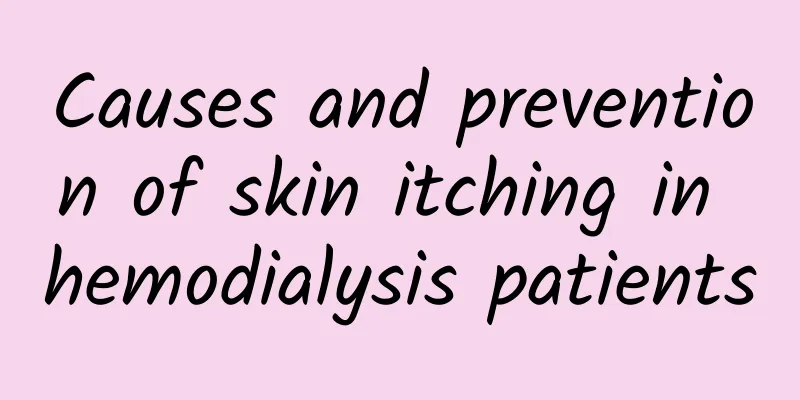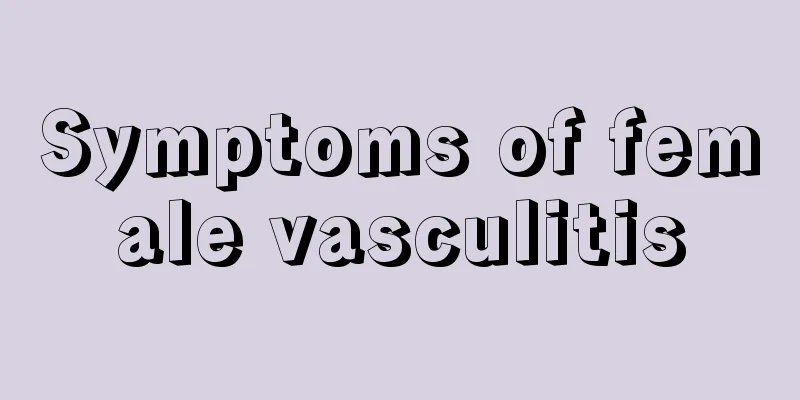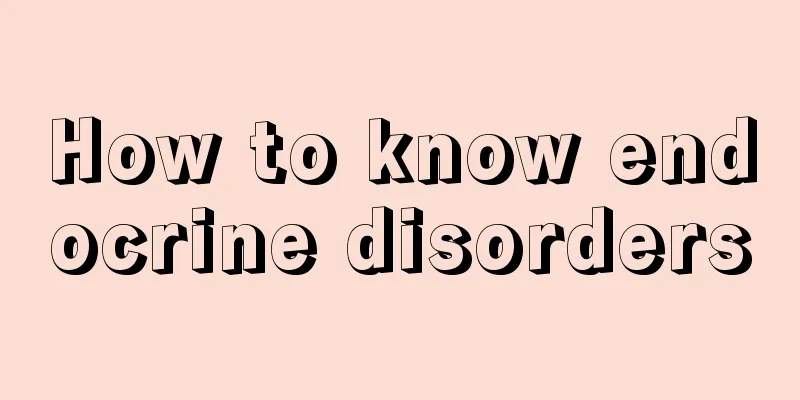Causes and prevention of skin itching in hemodialysis patients

|
1. Common causes Accumulation of uremic toxins Inadequate clearance of medium-molecular toxins (such as β2-microglobulin) and large-molecular toxins stimulates the nerve endings of the skin. Inadequate dialysis leads to accumulation of toxins and aggravates skin inflammation. Calcium-phosphorus metabolism disorder and secondary hyperparathyroidism Hyperphosphatemia leads to calcium and phosphate deposition, which irritates the skin; elevated parathyroid hormone (PTH) directly stimulates the sensory nerves of the skin. Dry skin (xeroderma) Dialysis patients have atrophy of sebaceous glands, decreased sweat gland function, damaged skin barrier, and are easily susceptible to external stimuli. Immune and inflammatory response Micro-inflammatory state (such as increased IL-6 and TNF-α) and mast cell activation releasing histamine. Allergic reactions Allergy to dialyzer membrane materials (such as AN69 membrane), heparin or ethylene oxide residues. Neuropathy Uremia causes peripheral neuropathy, and abnormal sensory conduction causes itching. Other factors Iron deficiency, vitamin A excess, combined diabetes or liver disease, etc. 2. Treatment Plan Treatment should be individualized according to the cause. Common methods include: Improve dialysis adequacy Optimize dialysis regimen: extend dialysis time (such as daily dialysis), increase blood flow, and use high-flux dialyzers (which are more effective in removing middle-molecular toxins). Control calcium and phosphorus metabolism disorders Phosphorus-lowering treatment : strict low-phosphorus diet (<800 mg/day) + phosphate binders (lanthanum carbonate, sevelamer). Control PTH : calcimimetics (cinacalcet), active vitamin D (calcitriol), or parathyroidectomy (refractory hyperparathyroidism). Skin Care & Moisturizing Use a fragrance-free moisturizer (such as urea cream, petroleum jelly) daily and avoid hot baths and alkaline soaps. Drug treatment Antihistamines : Cetirizine, loratadine (limited effectiveness for non-histamine-mediated pruritus). Gabapentin/pregabalin : Regulates neurogenic pruritus, and the dose needs to be adjusted according to renal function. κ-opioid receptor agonists : nalfurafine (approved for uremic pruritus in Japan and other regions). Topical treatment : capsaicin cream (inhibits substance P), tacrolimus ointment (immunomodulatory). Phototherapy (ultraviolet B radiation) Relieves itching by suppressing skin inflammation and nerve sensitivity, 2-3 times a week. Allergy Management Replace the dialysis membrane with one with good biocompatibility (such as polysulfone membrane) and avoid tubing sterilized with ethylene oxide. 3. Preventive measures Strict phosphorus control diet Avoid processed foods, dairy products, nuts and other high-phosphorus foods, and blanch them when cooking to remove phosphorus. Adequate dialysis and toxin removal Kt/V and β2-microglobulin levels were assessed regularly, and hemoperfusion or HDF (hemodiafiltration) was used if necessary. Skin barrier protection Maintain environmental humidity (40-60%), wear cotton clothing, and avoid scratching to prevent infection. Regular monitoring indicators Monitor serum calcium, phosphorus, and PTH monthly to maintain calcium-phosphorus product <55 mg²/dL² and iPTH 150-300 pg/mL. Psychological interventions Pruritus is often accompanied by anxiety/depression and requires psychological counseling or drug intervention (such as SSRI drugs). IV. Handling of special situations For refractory pruritus , try opioid receptor modulators (eg, naltrexone) or thalidomide (beware of neurotoxicity). Combined with diabetes : Strengthen blood sugar control, and α-lipoic acid can be used in combination with neuropathic pruritus. Iron deficiency : IV iron supplementation to achieve ferritin >100 ng/mL and transferrin saturation >20%. |
>>: An article on amniotic fluid embolism
Recommend
What should I pay attention to when doing hysteroscopy?
Women’s physical health is the most important thi...
What are the specific symptoms of ectopic pregnancy in early pregnancy
Ectopic pregnancy mainly refers to the phenomenon...
Can I drink yogurt when my period comes?
Whenever menstruation comes, women's body res...
Does dysmenorrhea make it difficult to get pregnant?
The number of patients suffering from dysmenorrhe...
What are the ways for pregnant women to control their weight?
During pregnancy, pregnant women need to control ...
Pregnant women should use Chinese medicine with caution
After you become pregnant, you should be careful ...
Why don't you cut the first stalk of leeks? Will the more you cut the leeks, the more vigorous they will grow?
In rural areas, every household grows some leeks....
How to remove the cured caulking agent? How to clean the caulking agent on your hands?
Many people are not satisfied with the tile adhes...
When are winter jujubes available? How should winter jujubes be stored in summer?
In the fruit market these days, I saw that winter...
Is vulvar leukoplakia a gynecological disease?
Vulvar leukoplakia is a common problem among wome...
Tips for pregnant women to treat colds
It is very common for pregnant women to catch col...
Pain on the left side of the genitals
The female vagina is a very important part of the...
How to treat severe pelvic effusion?
Severe pelvic effusion poses a great threat to wo...
Can I eat Tremella during confinement?
There are many things that women need to pay atte...
Why haven't you gotten pregnant yet?
Many couples have been married for many years but...









